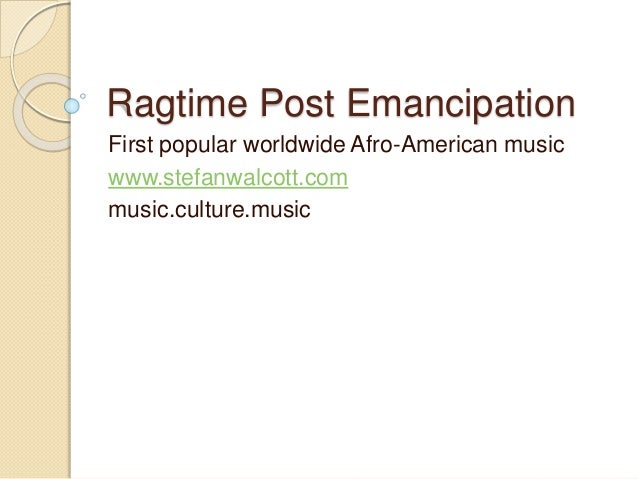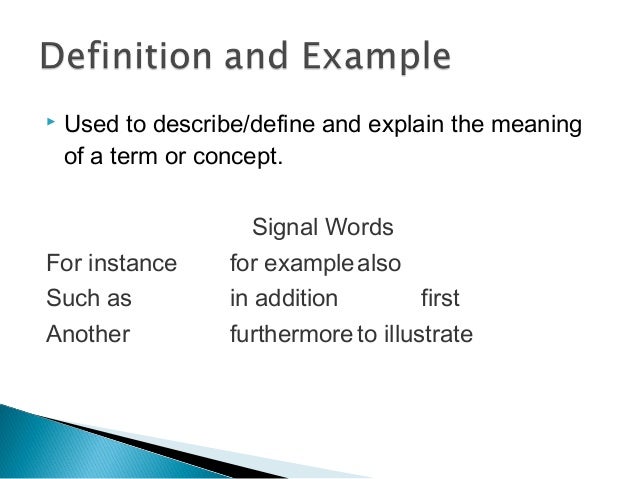
The film’s rendering of Joplin’s 1902 rag “ The Entertainer” was a Top-5 hit in 1974. Subsequently the motion picture The Sting brought ragtime to a wide audience with its soundtrack of Joplin tunes.

The album won a Grammy Award for Best Chamber Music Performance of the year and was named Billboard‘s Top Classical Album of 1974. In 1973 The New England Ragtime Ensemble (then a student group called The New England Conservatory Ragtime Ensemble) recorded “The Red Back Book”, a compilation of some of Scott Joplin’s rags in period orchestrations edited by conservatory president Gunther Schuller. In 1971 Joshua Rifkin brought out a compilation of Scott Joplin’s work which was nominated for a Grammy Award.

A more significant revival occurred in the 1950s as a wider variety of ragtime styles of the past were made available on records, and new rags were composed, published, and recorded. First in the early 1940s, many jazz bands began to include ragtime in their repertoire and put out ragtime recordings on 78 rpm records. Ragtime fell out of favor as jazz claimed the public’s imagination after 1917, but there have been numerous revivals since the music has been re-discovered. For at least 12 years after its publication, the “Maple Leaf Rag” heavily influenced subsequent ragtime composers with its melody lines, harmonic progressions or metric patterns. The ragtime composer Scott Joplin became famous through the publication in 1899 of the “ Maple Leaf Rag” and a string of ragtime hits such as “ The Entertainer” that followed, although he was later forgotten by all but a small, dedicated community of ragtime aficionados until the major ragtime revival in the early 1970s. Ragtime was also a modification of the march made popular by John Philip Sousa, with additional polyrhythms coming from African music. Ernest Hogan was an innovator and key pioneer who helped develop the musical genre, and is credited with coining the term ragtime.

Louis and New Orleans years before being published as popular sheet music for piano. It began as dance music in the red-light districts of African American communities in St. Its main characteristic trait is its syncopated, or “ragged,” rhythm. Ragtime (alternatively spelled rag-time or rag time) is a musical genre that enjoyed its peak popularity between 18. Second edition cover of “Maple Leaf Rag.” It is one of the most famous rags.


 0 kommentar(er)
0 kommentar(er)
